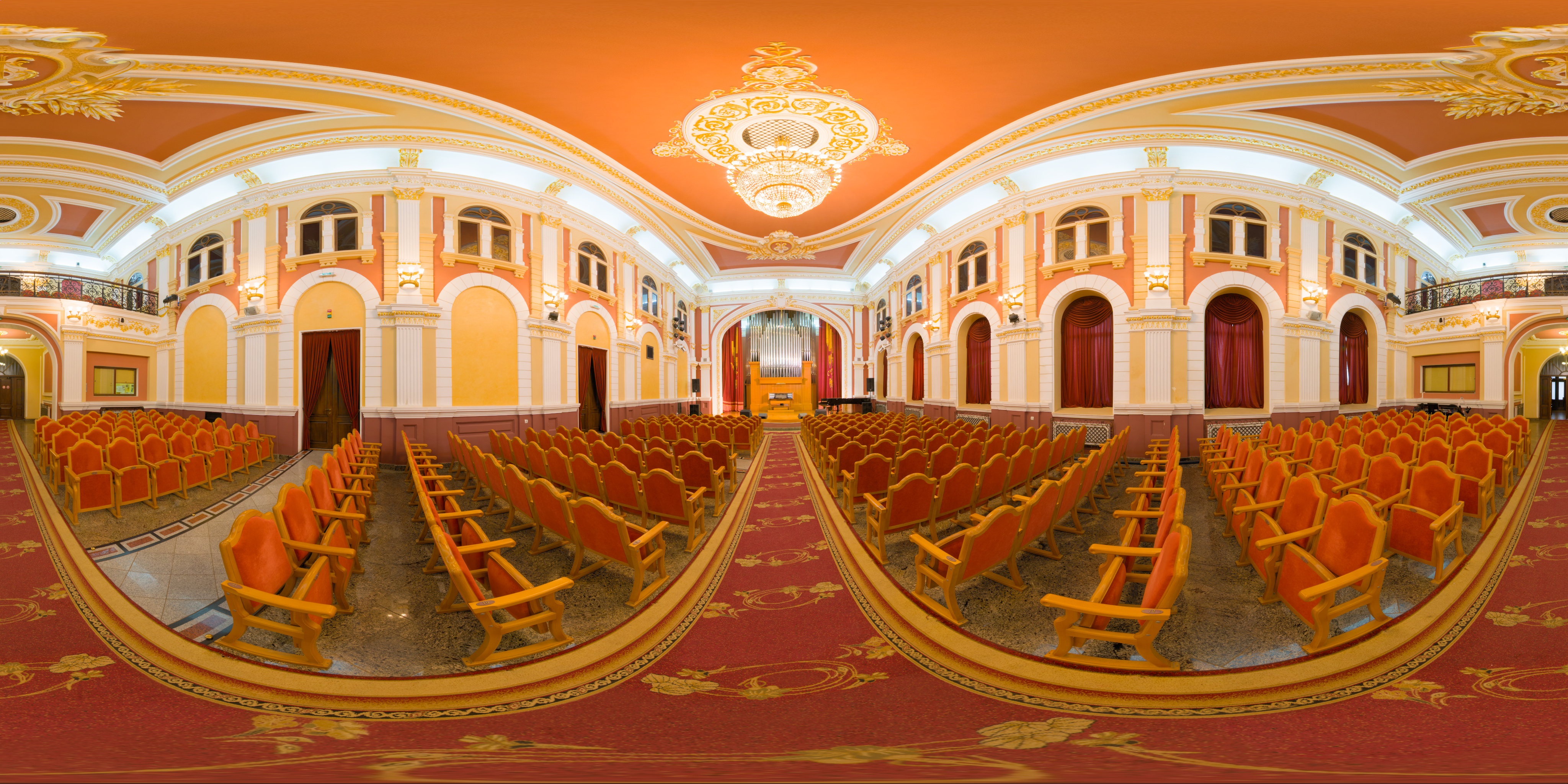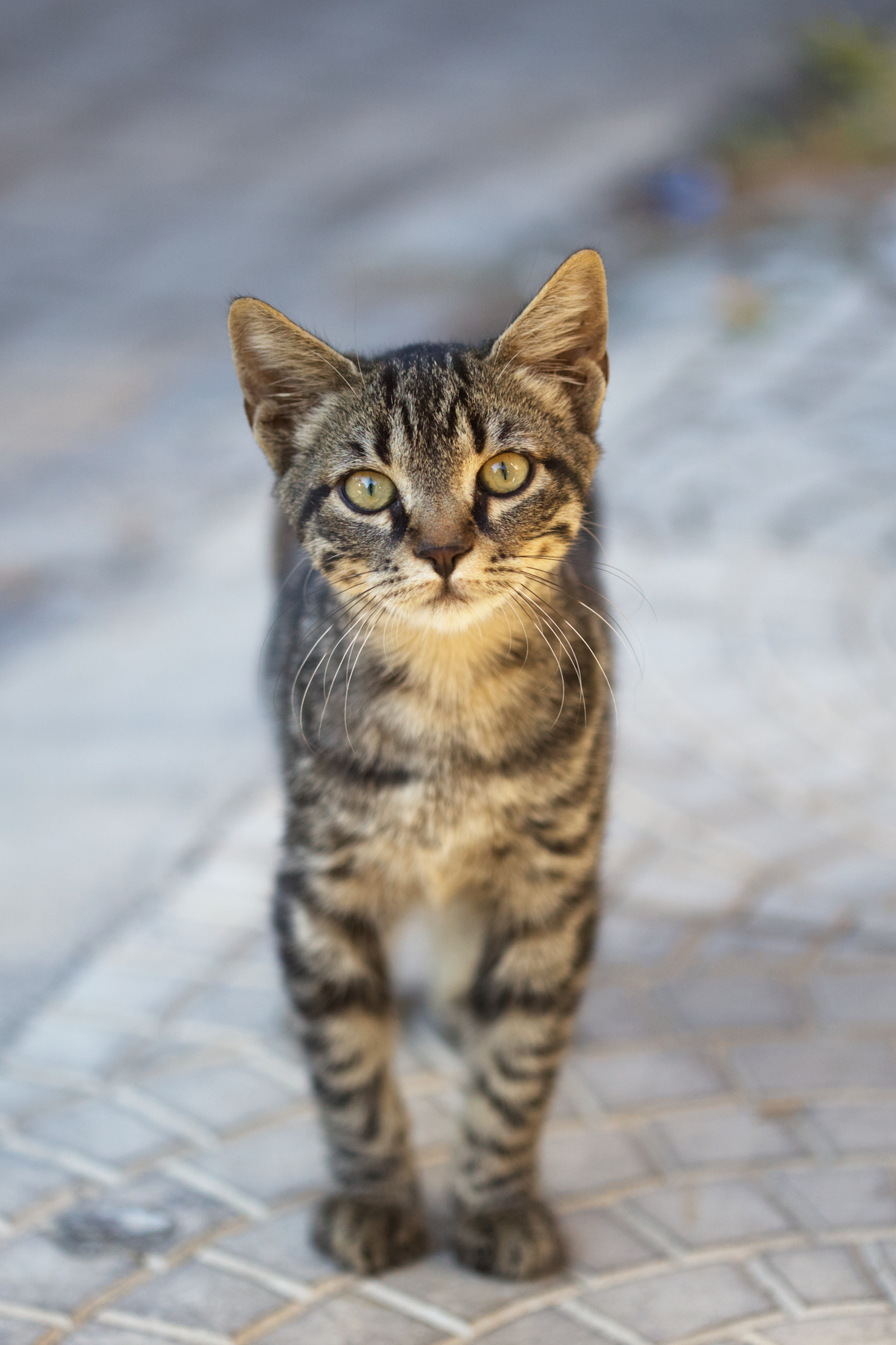Alright, lets begin with explaining the three options found under color processing:
- Crosstalk
- Preserve Hue
- RGB Ratio
The crosstalk option is essentially the preserve colors = no option in other areas of darktable but with a tiny bit of desaturation i.e. crosstalk before applying the tone mapping function to each RGB channel individually. This is what traditionally has been used in a lot of editing software and also what is used in the ACES editing standard. Luminance, saturation, and hue are changed using this operation.
The Preserve Hue option is in essence very similar to the crosstalk one but with one difference, its “middle” channel is adjusted to preserve hue. Rephrased, the pixel’s minimum and maximum RGB values are tone mapped while the middle value is changed using a combination of luminance and saturation change for the pixel. The result is that only luminance and saturation are changed while the hue remains unchanged. The advantage is that this provides a natural desaturation towards highlights. Another name is also “film-like” in for example RawTherapee and Adobe DNG, I’m not a fan of saying film this and that as it depends so much on types and how it’s processed. So I opted for naming it after what it does, preserve hue. Thanks Eneen for the pointer! Luminance and saturation are changed using this operation.
The RGB Ratio option is what you all know as “preserve color” in darktable’s filmic module. This option only changes the pixel’s luminance using the tone curve and then applies display space desaturation for blacks and whites. I moved the “norm” options to its separate menu. They should be the same as in filmic v5, so no need for further details on them. Luminance is changed using this operation Saturation is also changed for dark and bright pixels but imagine the operation as saturation preserving is better for your understanding when we look at some examples.
Examples
Each example image is editing using a combination of exposure, color balance rgb, and sigmoid, with identical settings except the color processing setting.
Use the table scroll bar to flip between the different versions. Is there btw any gallery/slide option on discuss?
Circus arena from HDRI heaven
Posted earlier in the thread to show the problem with hue changes in the crosstalk option.
You can easily spot the hue shift in most of the spotlights and on the ring around the arena in the crosstalk image when comparing to the hue preserving option. One advantage of this is the lights actually look a little bit brighter. The RGB ratio has the same hue as the preserve hue image but the desaturation looks weird, especially on the tower in the middle that shines in bright ultra violet white.
| Crosstalk |
Preserve Hue |
RGB ratio |
 |
 |
 |
Music hall from HDRI heaven
Posted earlier in the thread to show the problem with hue changes in the crosstalk option.
The crosstalk image is slightly more yellow compared to the other two, especially around the roof lamp. The RGB ratio image is the least saturated as the other two have their mid-tone saturation increased. It also has a clear blue color in the rectangular lamps as these aren’t as desaturated as in the other two options.
| Crosstalk |
Preserve Hue |
RGB ratio |
 |
 |
 |
Happy Kid
Posted a bit earlier in the thread by person101x
I had liked to begin with saying sorry for not appreciating earlier how good of an example image this is!
Have a look at the nose and top of the checks, the crosstalk image is slightly more yellowish compared to the preserve hue image. I urge you to download and flip between the two to really see the difference clearly. It might not be super obvious at first but it has this weird effect on the face color. This is if I have understood it correctly one of the main arguments for the introduction of the preserve color option in darktable. So why does the rgb ratio option look terrible in this example when it usually looks good in filmic? That is because you have to put the “middle tones saturation” slider under the “look” tab to zero to compare the two. Any non zero value on that slider in filmic is modifying display referred saturation. I think it makes more sense to perform that using f.ex. color zones so I left it out from the sigmoid module.
| Crosstalk |
Preserve Hue |
RGB ratio |
 |
 |
 |
You might at this point think that the preserve hue option always is the best (that at least what I think of the above three examples). So when would one want to use the crosstalk option?
Fire clouds
Photo by me from a sunset we had recently.
Uses a high contrast value in the sigmoid module to get this punchy contrast and saturation. Take extra note of the bright sun-lit parts of the clouds. The crosstalk image has these areas twisting from red/orange towards yellow as they get brighter. This makes them look brighter and almost self-luminous compared to the preserve hue image which does have a gradient towards a brighter red/orange but looks much duller in its intensity. The rgb ratio image did not far well in this example and looks very dull compared to the other two. The effect is also present in shadow areas where colors twist towards darker mixes, not correct in the sense of what you measure but the effect can sometimes be very good.
| Crosstalk |
Preserve Hue |
RGB ratio |
 |
 |
 |
Kitten in Ismir Turkey
Photo by me from a pre-Covid trip. Already used above for black and white examples!
And some pictures you see barely any difference between. There is a slight difference on the kittens check but nothing that makes one or the other picture better than the other. The rgb ratio is again left out as the least nice option if you ask me.
| Crosstalk |
Preserve Hue |
RGB ratio |
 |
 |
 |
Conclusion
I hope that answers most of your questions regarding that particular option.
My recommendation is to try both crosstalk and preserve hue and see which one suits your images the best. I do not recommend using the RGB ratio option at this point as I still have to find a use-case where it actually looks better than any of the other two options, but let’s see if anyone finds usage for it!
Please ask if anything is unclear regarding the color processing options after this presentation!



 Maybe a bit hard to draw any conclusion from but I’m also struggling with finding images that are both good and show of the math! I think the main difference apart from the color in the face can be seen in the sky and on her cheeks, the sigmoid mapping is more “careful” there. A bit of positive skew would push those areas to a bit brighter values.
Maybe a bit hard to draw any conclusion from but I’m also struggling with finding images that are both good and show of the math! I think the main difference apart from the color in the face can be seen in the sky and on her cheeks, the sigmoid mapping is more “careful” there. A bit of positive skew would push those areas to a bit brighter values.


















